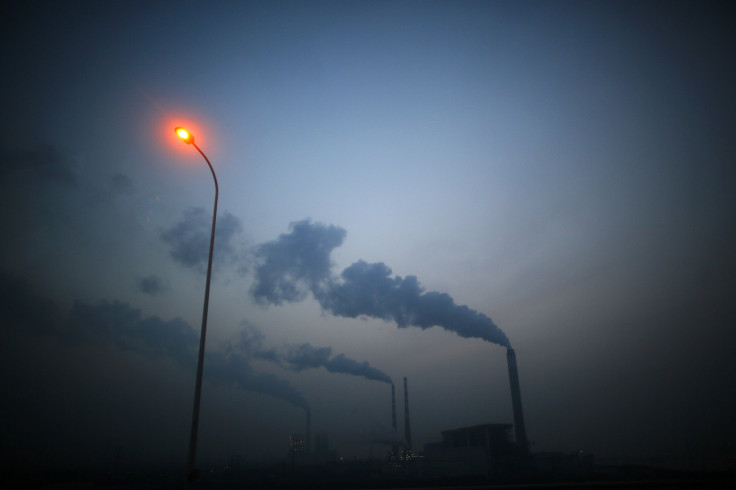US-China Climate Change Pledge Is Welcome, But There Is A Catch: Chinese Media

The Chinese media hailed the latest landmark deal between the United States and China to limit greenhouse gas emissions and tackle climate change, while also warning that Beijing may not be able to follow through on its promise to implement significant cuts.
As part of the deal, U.S. President Barack Obama set a new target of reducing U.S. emissions by 26 percent to 28 percent below 2005 levels by 2025, while China did not provide a specific target, and has only said that it would cap its rapidly growing carbon emissions by 2030. The Chinese media praised the “existence of a China-US joint leadership,” but suggested that China would not deliver the significant cuts expected of it, BBC News reported.
While the Chinese edition of the Global Times said that China is unlikely to make dramatic cuts despite pressures from the U.S. and Europe, the Beijing Times shared similar views and referred to the “differences” that still exist between the two countries.
“It is unfair to highlight the emission level of recent years…It is also unfair that developing countries have to sacrifice their development to deal with climate change,” the Beijing Times said, and echoed an often repeated argument that developed countries should take greater responsibility in tackling climate change.
Lin Boqiang, an energy specialist at Xiamen University called China’s commitment as “realistic,” and said that the country could even reach its goal by 2025 as its coal consumption is likely to peak by 2020, the Global Times reported.
However, some media reports have said that the scale of construction of renewable energy sources required for China to meet its goals is huge even by Chinese standards. The country must add 800 gigawatts to 1,000 gigawatts of nuclear, wind, solar and other zero-emission generation capacity by 2030 in order to meet the set goal.
Meanwhile, the U.S. will have to increase the rate at which it can reduce carbon emissions from an average of 1.2 percent a year from 2005 to 2020 to about 2.8 percent a year between 2020 and 2025.
© Copyright IBTimes 2025. All rights reserved.






















